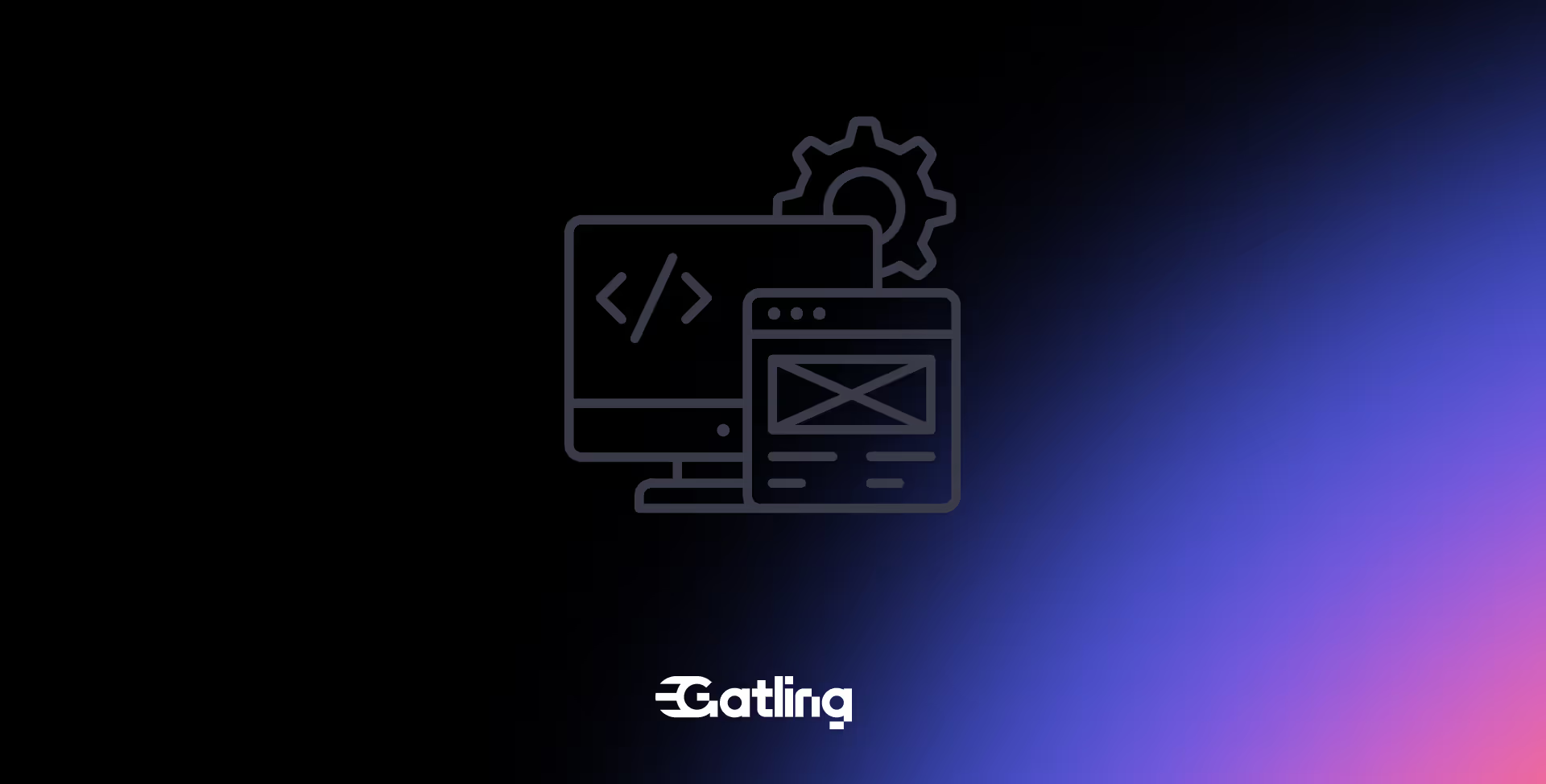Switch to Maven: Standardize and simplify your Gatling build process

Last updated on
Wednesday
October
2025
Switch to Maven: Standardize and simplify your Gatling build process
Performance testing is no longer a side task—it’s a critical part of your release cycle. If you’re looking for a faster, more consistent, and more scalable way to build and run your Gatling simulations, Maven is a proven, industry-standard solution.
With our dedicated Gatling Maven plugin, teams can now streamline simulation builds, simplify dependency management, and automate performance testing directly within their CI/CD pipelines.
Manual builds don’t scale
Many teams still manage Gatling tests with manual scripts or inconsistent build processes. That leads to:
- Disconnected testing workflows
- Repetitive setup tasks for each simulation
- Difficulties scaling test automation
- CI/CD friction and longer feedback loops
Without a proper build tool, performance testing remains isolated—slowing down your releases and increasing risk in production.
Predictable builds, stronger pipelines
Migrating to Maven brings structure, consistency, and automation to your performance testing:
- ✅ Standardized build process – Align with your dev teams using a tool they already know and trust.
- ✅ Better test automation – Automate test packaging and execution within Jenkins, GitLab, GitHub Actions, and more.
- ✅ Easier onboarding – Reduce the learning curve for new developers with a well-documented and widely adopted tool.
- ✅ Faster iteration cycles – Cut down on setup time and run tests more frequently to catch regressions early.
The result: less manual work, fewer errors, and more confidence in your performance testing strategy.
🔗 Ready to migrate? Follow our step-by-step Maven migration guide →
FAQ
FAQ
Related articles
Ready to move beyond local tests?
Start building a performance strategy that scales with your business.
Need technical references and tutorials?
Minimal features, for local use only




